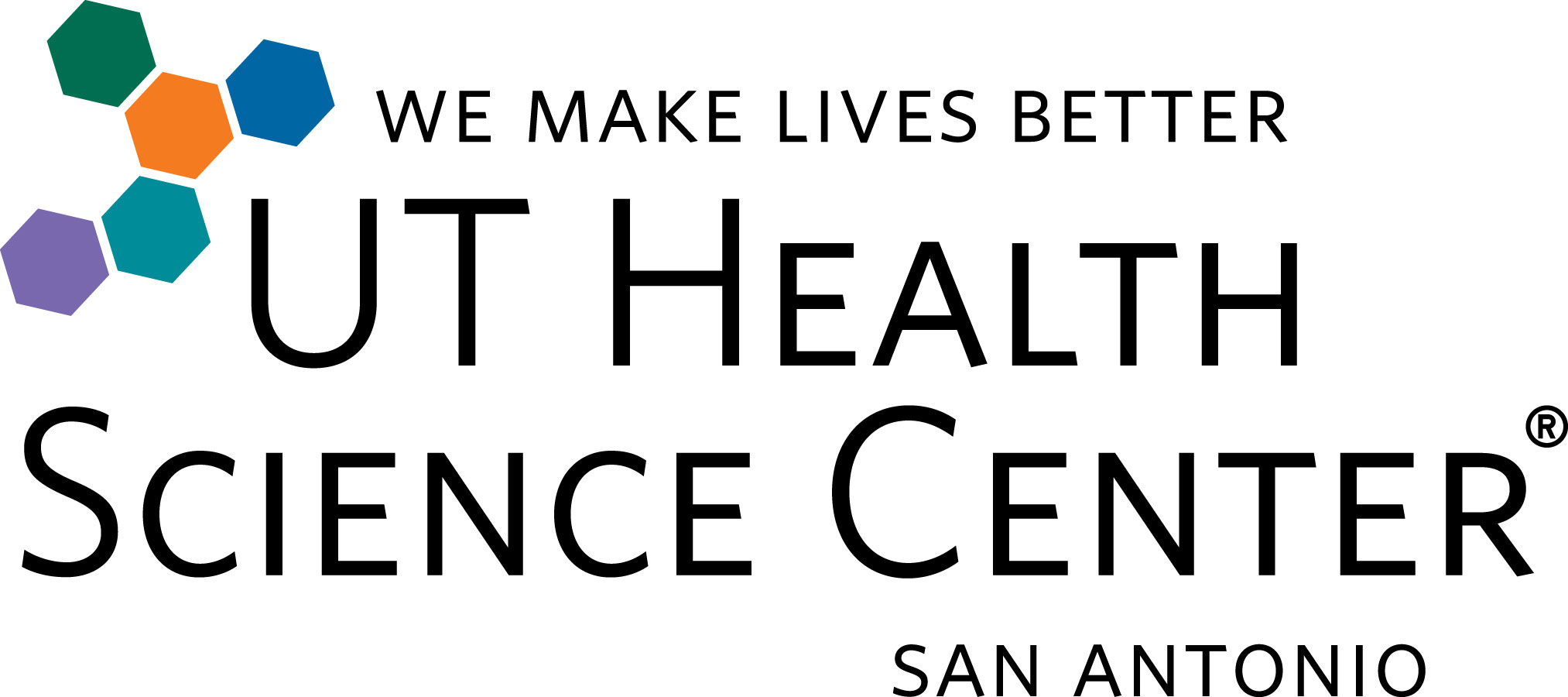Poly-ICLC in Treating Patients With Recurrent or Progressive Anaplastic Glioma
| Status: | Completed |
|---|---|
| Conditions: | Brain Cancer, Brain Cancer, Brain Cancer |
| Therapuetic Areas: | Oncology |
| Healthy: | No |
| Age Range: | 18 - 120 |
| Updated: | 8/23/2018 |
| Start Date: | March 7, 2003 |
| End Date: | January 2, 2009 |
A Phase II Trial of Poly ICLC in Patients With Recurrent Anaplastic Glioma
RATIONALE: Biological therapies such as poly-ICLC use different ways to stimulate the immune
system and stop tumor cells from growing.
PURPOSE: This phase II trial is studying how poly-ICLC works in treating patients with
recurrent, progressive, or relapsed anaplastic glioma.
system and stop tumor cells from growing.
PURPOSE: This phase II trial is studying how poly-ICLC works in treating patients with
recurrent, progressive, or relapsed anaplastic glioma.
OBJECTIVES:
- Determine the objective response rate in patients with recurrent or progressive
anaplastic glioma treated with poly ICLC.
- Determine the efficacy of this drug, in terms of 6-month progression-free survival, in
these patients.
- Determine the safety profile of this drug in these patients.
- Determine the survival of patients treated with this drug.
- Determine the tumor response rate in patients treated with this drug.
- Determine the biological effects of this drug in these patients.
OUTLINE: This is a multicenter study.
Patients receive poly ICLC intramuscularly 3 times a week for 4 weeks. Courses repeat every 4
weeks in the absence of disease progression or unacceptable toxicity.
Patients are followed every 3 months.
PROJECTED ACCRUAL: A total of 22-46 patients will be accrued for this study.
- Determine the objective response rate in patients with recurrent or progressive
anaplastic glioma treated with poly ICLC.
- Determine the efficacy of this drug, in terms of 6-month progression-free survival, in
these patients.
- Determine the safety profile of this drug in these patients.
- Determine the survival of patients treated with this drug.
- Determine the tumor response rate in patients treated with this drug.
- Determine the biological effects of this drug in these patients.
OUTLINE: This is a multicenter study.
Patients receive poly ICLC intramuscularly 3 times a week for 4 weeks. Courses repeat every 4
weeks in the absence of disease progression or unacceptable toxicity.
Patients are followed every 3 months.
PROJECTED ACCRUAL: A total of 22-46 patients will be accrued for this study.
DISEASE CHARACTERISTICS:
- Histologically confirmed intracranial anaplastic glioma, including any of the
following subtypes:
- Anaplastic astrocytoma
- Anaplastic oligodendroglioma
- Anaplastic mixed oligoastrocytoma
- Other anaplastic gliomas NOTE: Patients with an original histology of low-grade
glioma are allowed provided a subsequent histological diagnosis of an anaplastic
glioma is made
- Must have evidence of tumor recurrence or progression by MRI or CT scan* NOTE:
*Steroid dose must be stable for at least 5 days before scan
- Prior radiotherapy required
- Patients who have had prior interstitial brachytherapy or stereotactic
radiosurgery must have confirmation of true progressive disease rather than
radiation necrosis by positron-emission tomography, thallium scanning, magnetic
resonance spectroscopy, or surgical documentation of disease
- Relapsed disease
- Progression after initial therapy (e.g., radiotherapy with or without
chemotherapy)
- No more than 3 prior therapies (initial therapy and treatment for no more than 2
prior relapses)
- Surgical resection for relapsed disease with no anticancer therapy for up to 12
weeks followed by another surgical resection is considered 1 relapse
- For patients who have had prior therapy for a low-grade glioma, the surgical
diagnosis of high-grade glioma is considered the first relapse
- Must be registered in the North American Brain Tumor Consortium Data Management Center
database
PATIENT CHARACTERISTICS:
Age
- 18 and over
Performance status
- Karnofsky 60-100%
Life expectancy
- More than 8 weeks
Hematopoietic
- WBC at least 3,000/mm^3
- Absolute neutrophil count at least 1,500/mm^3
- Platelet count at least 100,000/mm^3
- Hemoglobin at least 10 g/dL (transfusion allowed)
Hepatic
- Bilirubin less than 2 times upper limit of normal (ULN)
- SGOT less than 2 times ULN
Renal
- Creatinine less than 1.5 mg/dL
Other
- Not pregnant or nursing
- Negative pregnancy test
- Fertile patients must use effective contraception
- No other cancer within the past 3 years except nonmelanoma skin cancer or carcinoma in
situ of the cervix
- No active infection
- No concurrent serious medical illness
- No significant medical illness that cannot be adequately controlled with therapy or
that would preclude tolerability of study drug
- No disease that would obscure toxicity or dangerously alter drug metabolism
PRIOR CONCURRENT THERAPY:
Biologic therapy
- At least 1 week since prior interferon or thalidomide
- No prior poly ICLC
Chemotherapy
- See Disease Characteristics
- At least 2 weeks since prior vincristine
- At least 3 weeks since prior procarbazine
- At least 6 weeks since prior nitrosoureas
- No concurrent chemotherapy
Endocrine therapy
- See Disease Characteristics
- At least 1 week since prior tamoxifen
Radiotherapy
- See Disease Characteristics
- At least 4 weeks since prior radiotherapy
Surgery
- See Disease Characteristics
Other
- Recovered from all prior therapy
- At least 1 week since other prior noncytotoxic agents (e.g., isotretinoin), excluding
radiosensitizers
- At least 4 weeks since prior cytotoxic therapy
- At least 4 weeks since prior investigational agents
We found this trial at
8
sites
Memorial Sloan Kettering Cancer Center Memorial Sloan Kettering Cancer Center — the world's oldest and...
Click here to add this to my saved trials
10833 Le Conte Avenue # 8-950
Los Angeles, California 90095
Los Angeles, California 90095
(310) 825-5268

Jonsson Comprehensive Cancer Center at UCLA In the late 1960s, a group of scientists and...
Click here to add this to my saved trials
4502 Medical Drive
San Antonio, Texas 78284
San Antonio, Texas 78284
(210) 567-7000

University of Texas Health Science Center at San Antonio The University of Texas Health Science...
Click here to add this to my saved trials
Click here to add this to my saved trials
Click here to add this to my saved trials
Click here to add this to my saved trials
Click here to add this to my saved trials
Click here to add this to my saved trials
